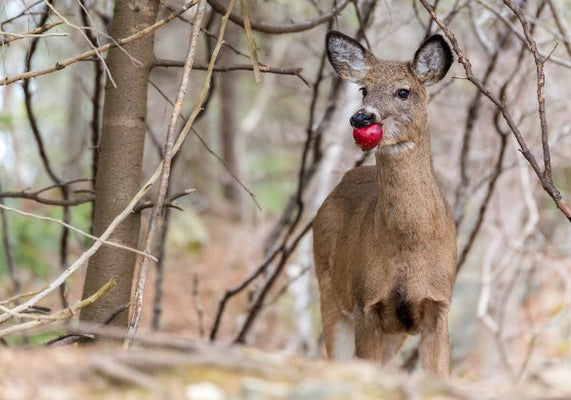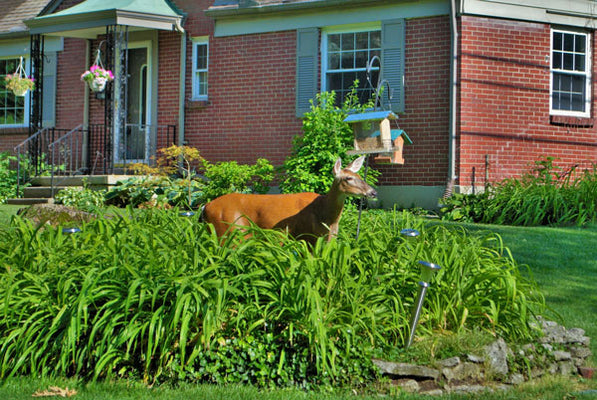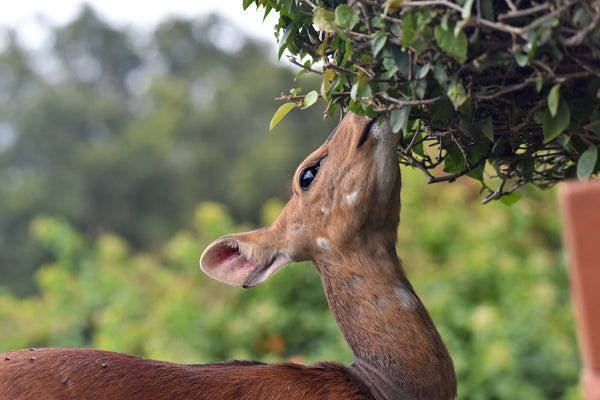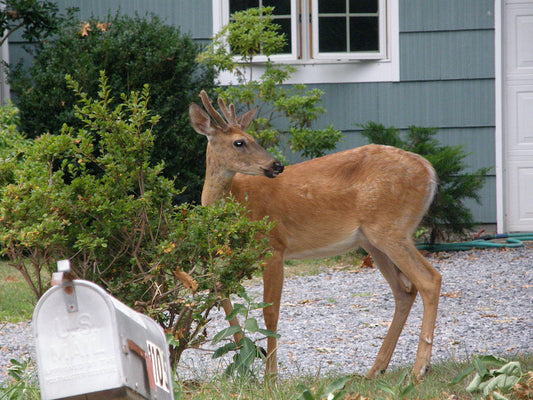I've had trouble with strays going in my flower garden for years. I used Cat Mace the first time a few weeks ago. I sprinkled it around everything I wanted the strays to stay away from, and the number of cat prints and poop piles decreased dramatically! I've had to go over areas again where I realized I applied too lightly or narrowly to keep cats completely out; overall, I'm impressed with its effectiveness. When cat prints appear again in a few weeks as rains wear the mace down, I'll re-apply. Pleased with the product; will purchase again.
I am a repeat customer, and this product works! Even more ecstatic to know that this is an all-natural product that does not harm people, pets or the environment. My vole infestation is moving elsewhere and perhaps the hawks/owls, foxes, coyotes and the snakes will have some fine dining.)
Nature's Mace always has what I am looking for in stock at a great price and delivered in a timely manner.
I live in an area were there are a lot of feral cats that neighbors close to me feed. Needless to say there is a lot of cat traffic through my yard, and they leave their "calling card". The vigilant use of Nature's Mace for cats is 100 % effective!
Squirrels are tougher than any other rodent to get rid of.
Glad I was able to find the castor oil online as none of the big box stores and/or the hardware stores around me had any in stock. Was easy to use. I have applied it twice and am hoping the moles move out of my yard. Glad to be able to use a natural product as I have two dogs and did not want to use any poison products









